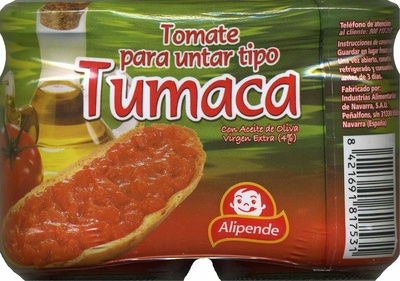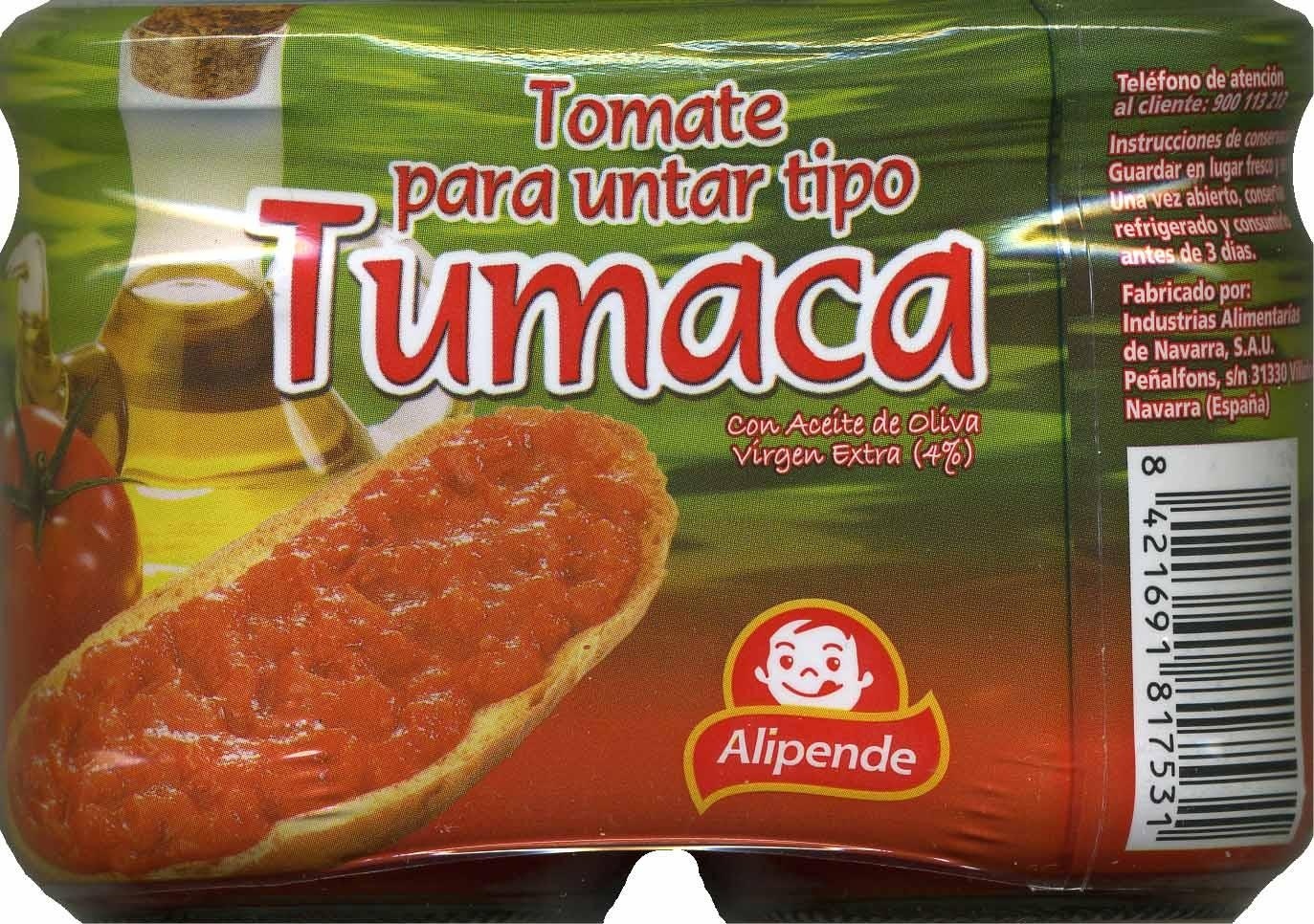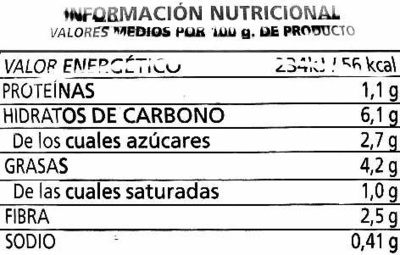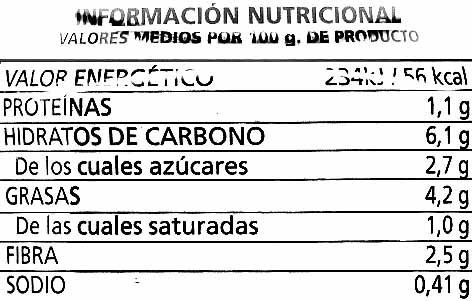Tumaca - Alipende - 2 x 185 g (neto), 2 x 212 ml
This product page is not complete. You can help to complete it by editing it and adding more data from the photos we have, or by taking more photos using the app for Android or iPhone/iPad. Thank you!
×
Barcode: 8421691817531 (EAN / EAN-13)
Common name: Tomate tipo tumaca
Quantity: 2 x 185 g (neto), 2 x 212 ml
Packaging: es:Bote de vidrio, es:Envase de plástico
Brands: Alipende
Categories: Condiments, Sauces, Tomato sauces, Tumacas, Groceries
Labels, certifications, awards: Vegetarian
Manufacturing or processing places: Villafranca, Navarra, España
Traceability code: ES 26.00932/NA C CE, FABRICANTE Y ENVASADOR:, IAN - INDUSTRIAS ALIMENTARIAS DE NAVARRA S.A.U.
Stores: AhorraMas
Countries where sold: Spain
Matching with your preferences
Environment
Carbon footprint
Packaging
Transportation
Report a problem
Data sources
Product added on by openfoodfacts-contributors
Last edit of product page on by packbot.
Product page also edited by javichu, kiliweb, musarana, yuka.YWFNZEs3UU1tZlFybWYwa3JoL1c4UFpaNXBTWVRGbU9EcmNwSVE9PQ.










